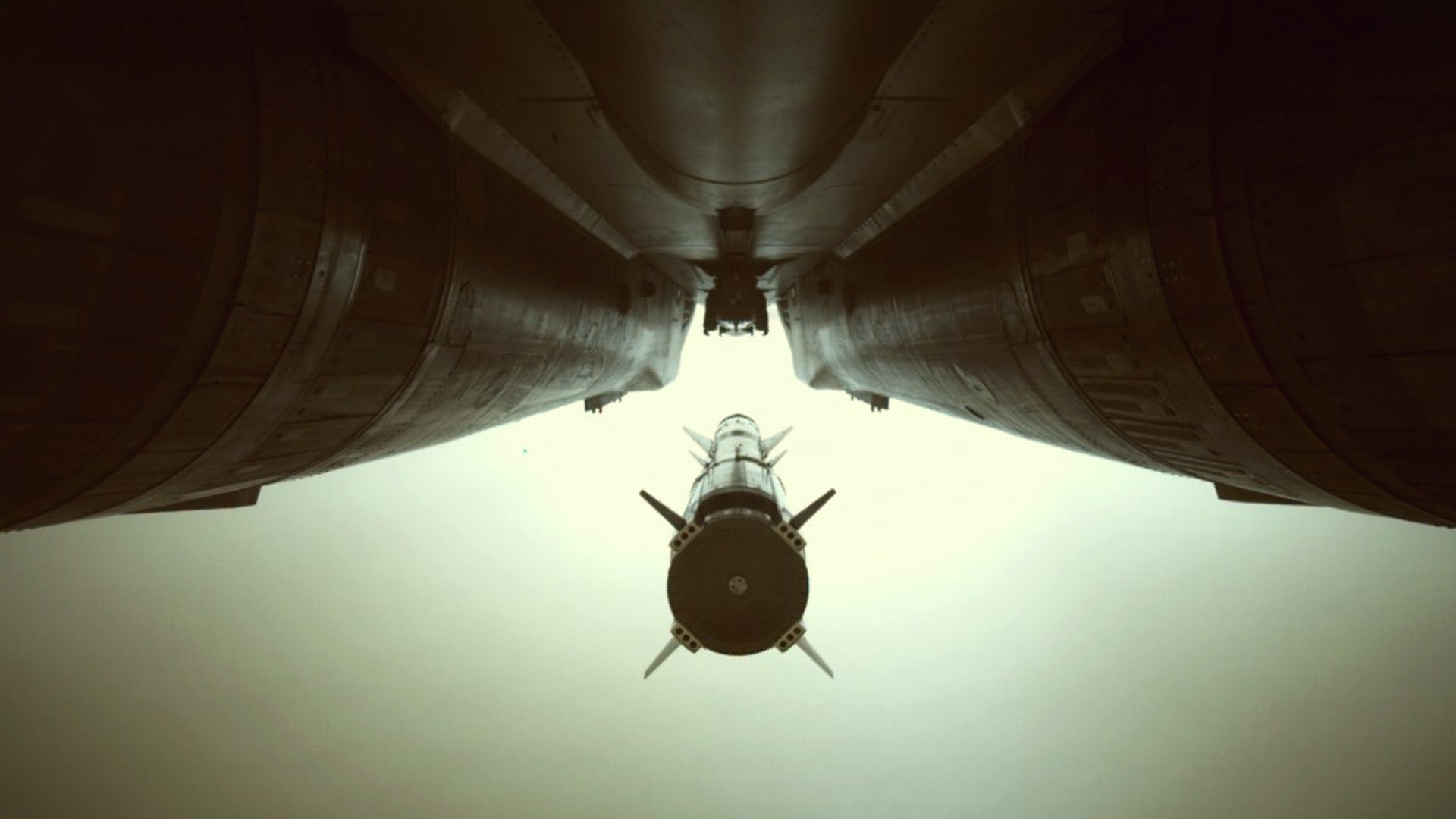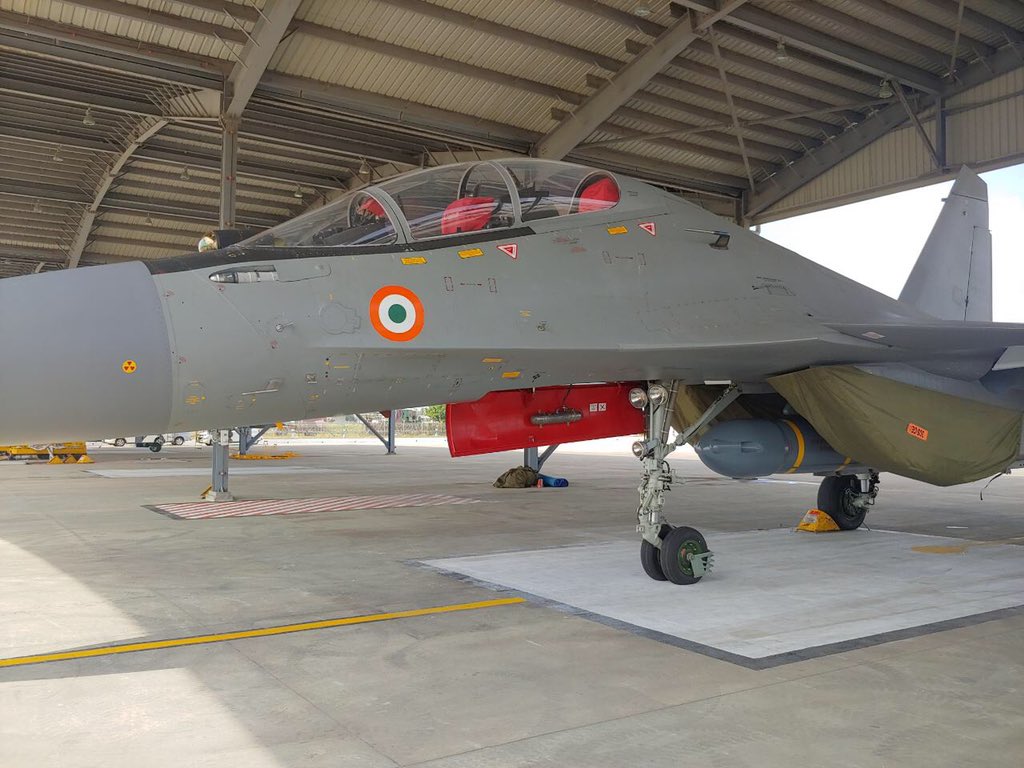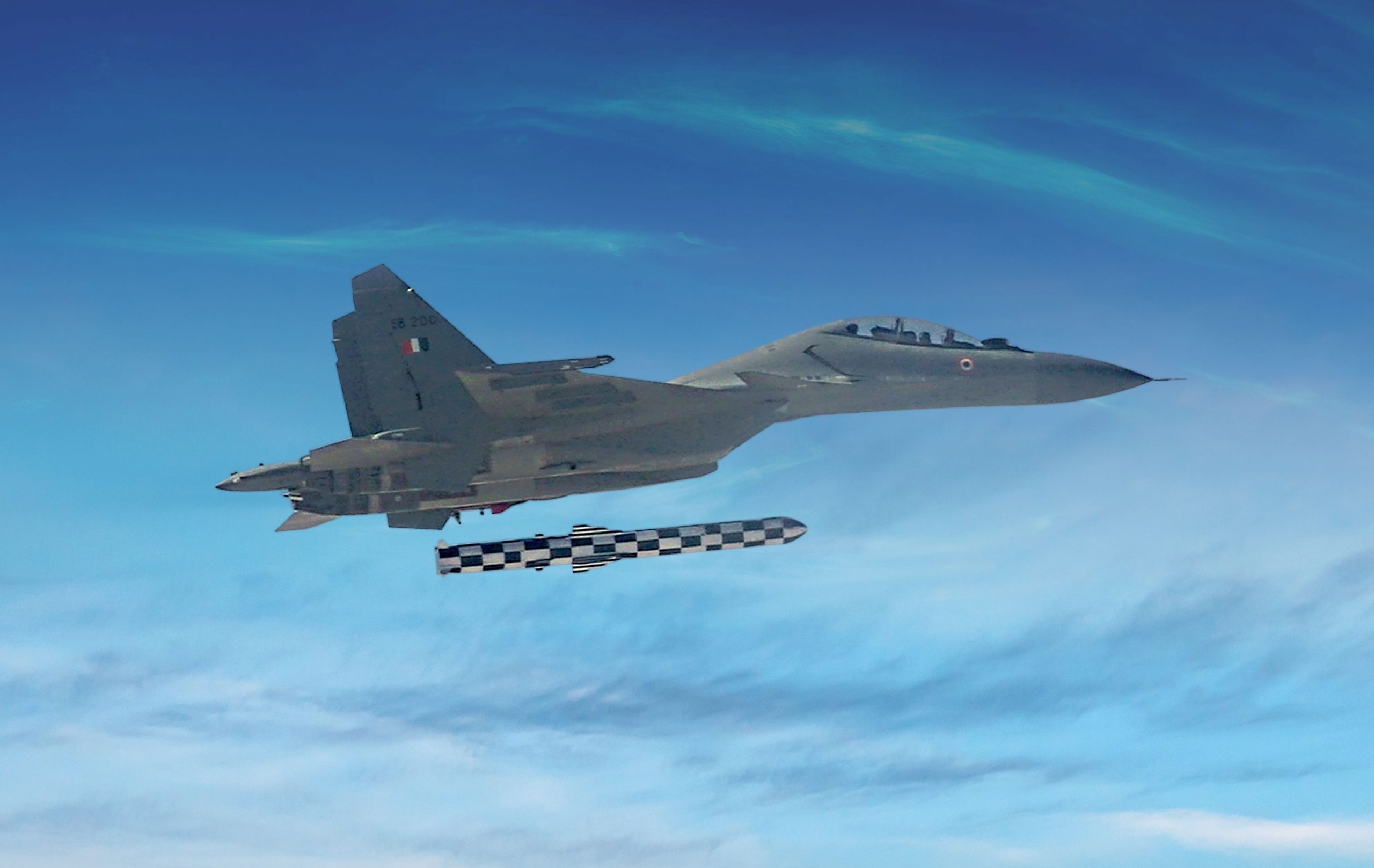
At a time when an escalating 40-day border standoff has led to a savage clash with multiple casualties in Indian and Chinese army units in Ladakh’s Galwan Valley, the Indian military has just welcomed a new weapon into its operational arsenal. While the brutal violence that exploded on a lonely ridge in eastern Ladakh on the night of June 15 saw the use of Chinese nail-studded clubs, barbed-wire wrapped rods and rocks to inflict medieval-style death and injuries, over 3,500 km away at an air base in South India, a crucial weapon was quietly cleared into combat service.
The Indian Air Force can now fly Su-30 MKI combat missions with the BrahMos-A air-launched supersonic cruise missile. In a final milestone that clears the decks for use in operations, the missile system has just received ‘fleet release clearance’ from the Centre for Military Airworthiness and Certification (CEMILAC), DRDO, the government’s gatekeeper that provides a final stamp on flying equipment before military use.
The first BrahMos-armed Su-30 MKI jets were inducted into the Indian Air Force’s 222 Squadron ‘Tigersharks’ in January this year at the Thanjavur air force station in Tamil Nadu.

A BrahMos Corp. official told Livefist, “The issuance of fleet release clearance certification has paved the way for pilots of Indian Air Force (IAF) squadrons to use the missile during combat missions. In a meeting held through video conferencing on June 10, 2020, which was attended by all major stakeholders, including DRDO, BrahMos Aerospace, ASTE, SDI and Air HQs, the certification was issued to the BRAHMOS airborne weapon. This has led to the successful culmination of the BRAHMOS-Su-30MKI weapon-platform integration program.”
Livefist had this detailed interaction with Praveen Pathak, BrahMos Corp’s Chief General Manager (Mkt. Promotion & Export) last year in Russia ahead of the BrahMos-A’s entry into service:
BREAKING: With one final test (third) of the BrahMos-A by September, the missile is on track for induction into the Indian Air Force later this year. A detailed update here with BrahMos Corp’s Praveen Pathak at #IMDS2019: pic.twitter.com/QhaXi1xurE
— Livefist (@livefist) July 12, 2019
While it isn’t specifically linked to the India-China border standoff, combat clearance to the BrahMos-A comes at a time when China has openly mobilised air and ground assets to support an aggressive posture along the Line of Actual Control in Ladakh, with visible motor pools, armour support and combat aircraft at freshly spruced up bases not far from Ladakh. The BrahMos-A arms a handful of modified Su-30 MKIs at present, with plans for more. Non-BrahMos IAF Su-30s are regularly positioned on detachment at bases that include Srinagar and Leh, with combat air patrols in the area a matter of routine.

The BrahMos-A has required extensive modifications on the Su-30 MKI fuselage, allowing for a single missile to be carried underslung on a specially engineered belly pylon. BrahMos Corp. is also developing a smaller, lighter BrahMos NG missile. Livefist reported three years ago that developers are looking to offer the variant for more of the IAF’s fighters.
Crucially, In the last few years, developers have also been allowed to expand the BrahMos’s range. So far restricted to just under 300 km by the Missile Technology Control Regime (MTCR), India becoming a signatory in 2017 has seen BrahMos tests at expanded range, with a ‘final’ BrahMos likely to be fixed at a range of 900 km.

better than noting, the radar signature of su30 is very bad, easy to shoot down shot by sam ground to air type HQ9 or pansir, bulk, rafale was optimized for nuke strike in deeping territory and discretion with low obs and asmp-p nuke missile (400km) 100kt, you must build mini bramos and will be perfect for this mission for destroy high value target.